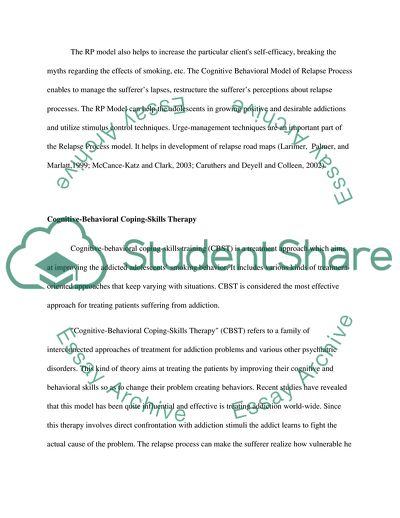Cite this document
(Cessation of Smoking of Adolescents through Implementation of Coursework, n.d.)
Cessation of Smoking of Adolescents through Implementation of Coursework. https://studentshare.org/psychology/1730792-havent-decided-yet
Cessation of Smoking of Adolescents through Implementation of Coursework. https://studentshare.org/psychology/1730792-havent-decided-yet
(Cessation of Smoking of Adolescents through Implementation of Coursework)
Cessation of Smoking of Adolescents through Implementation of Coursework. https://studentshare.org/psychology/1730792-havent-decided-yet.
Cessation of Smoking of Adolescents through Implementation of Coursework. https://studentshare.org/psychology/1730792-havent-decided-yet.
“Cessation of Smoking of Adolescents through Implementation of Coursework”. https://studentshare.org/psychology/1730792-havent-decided-yet.


